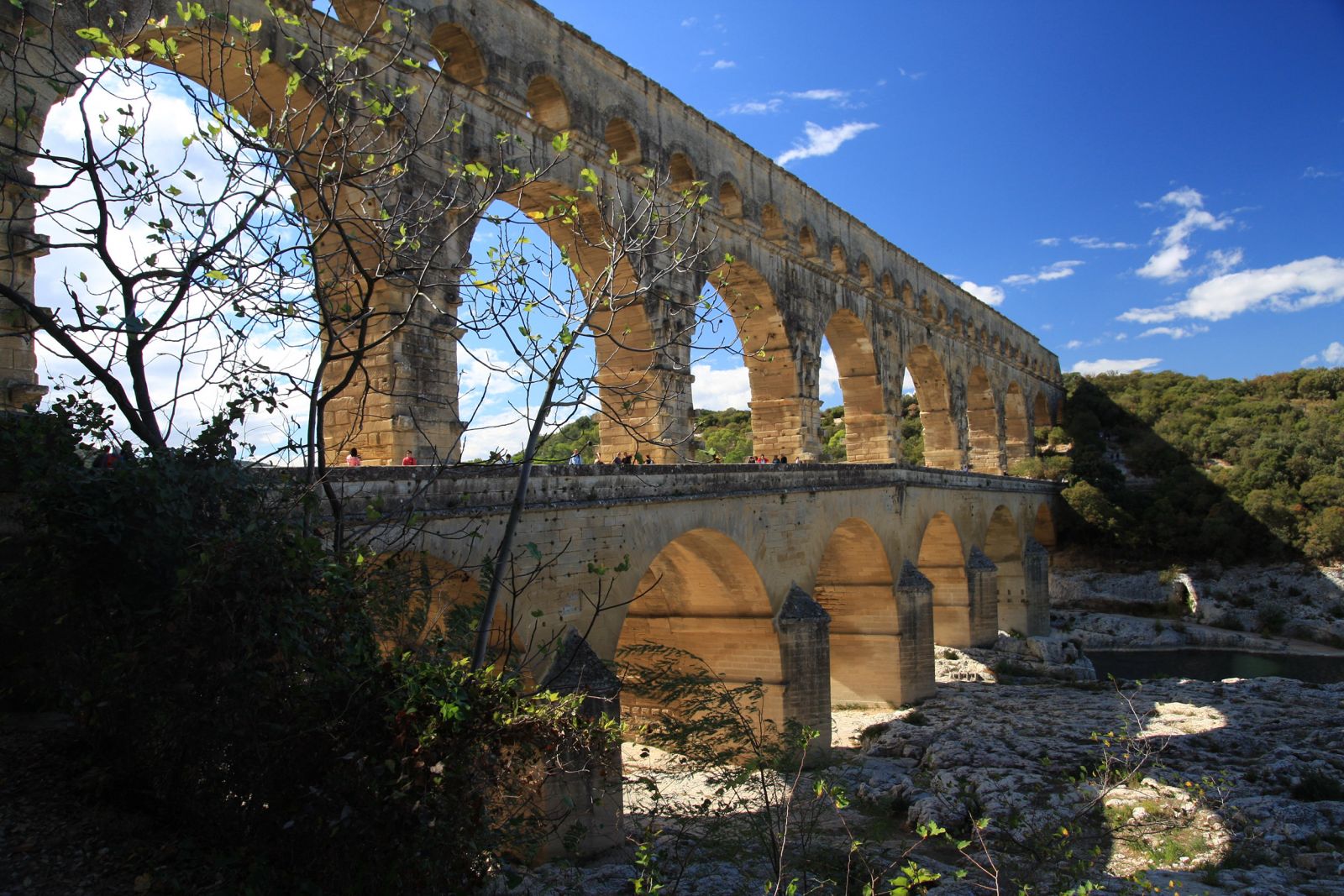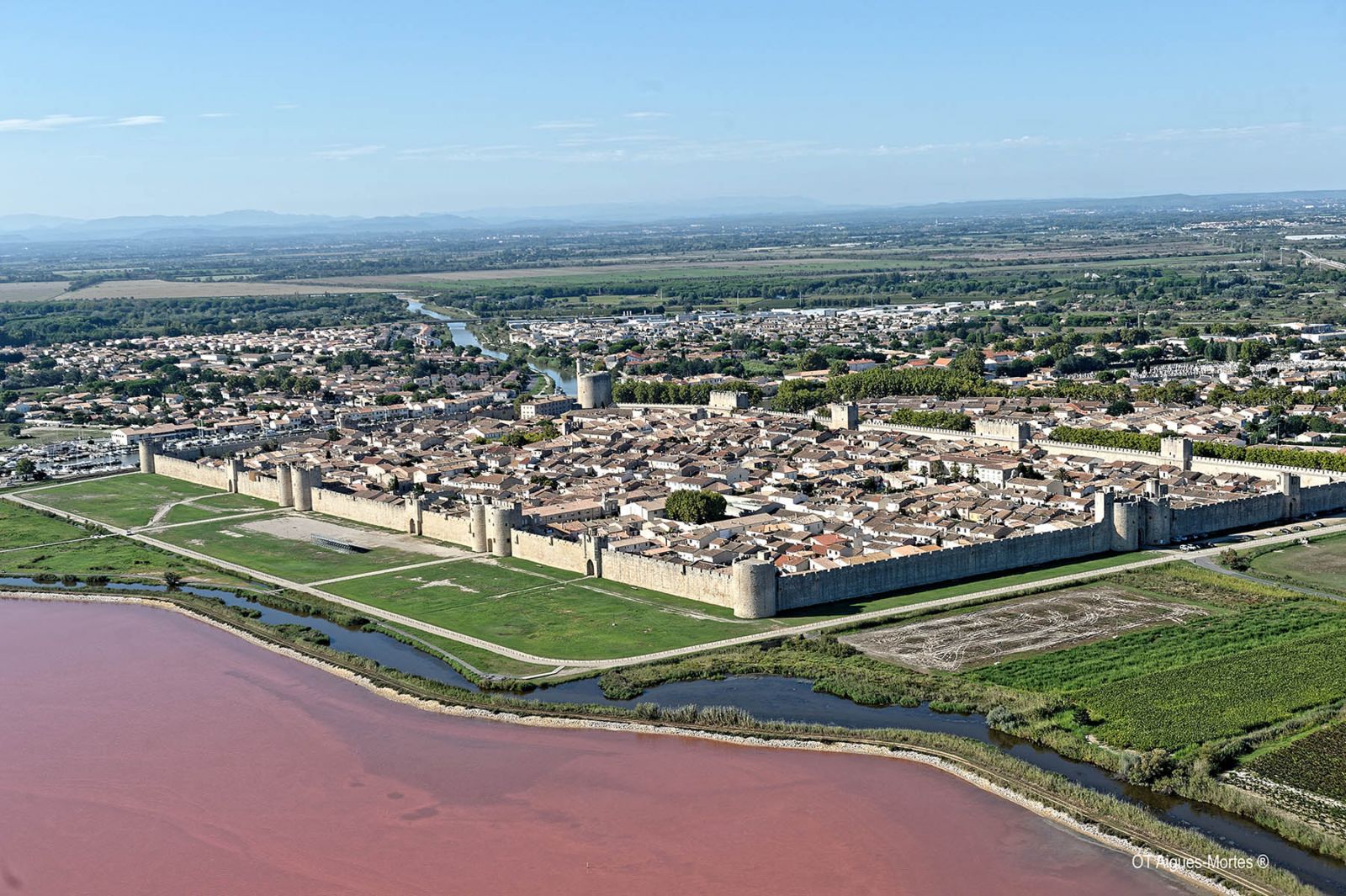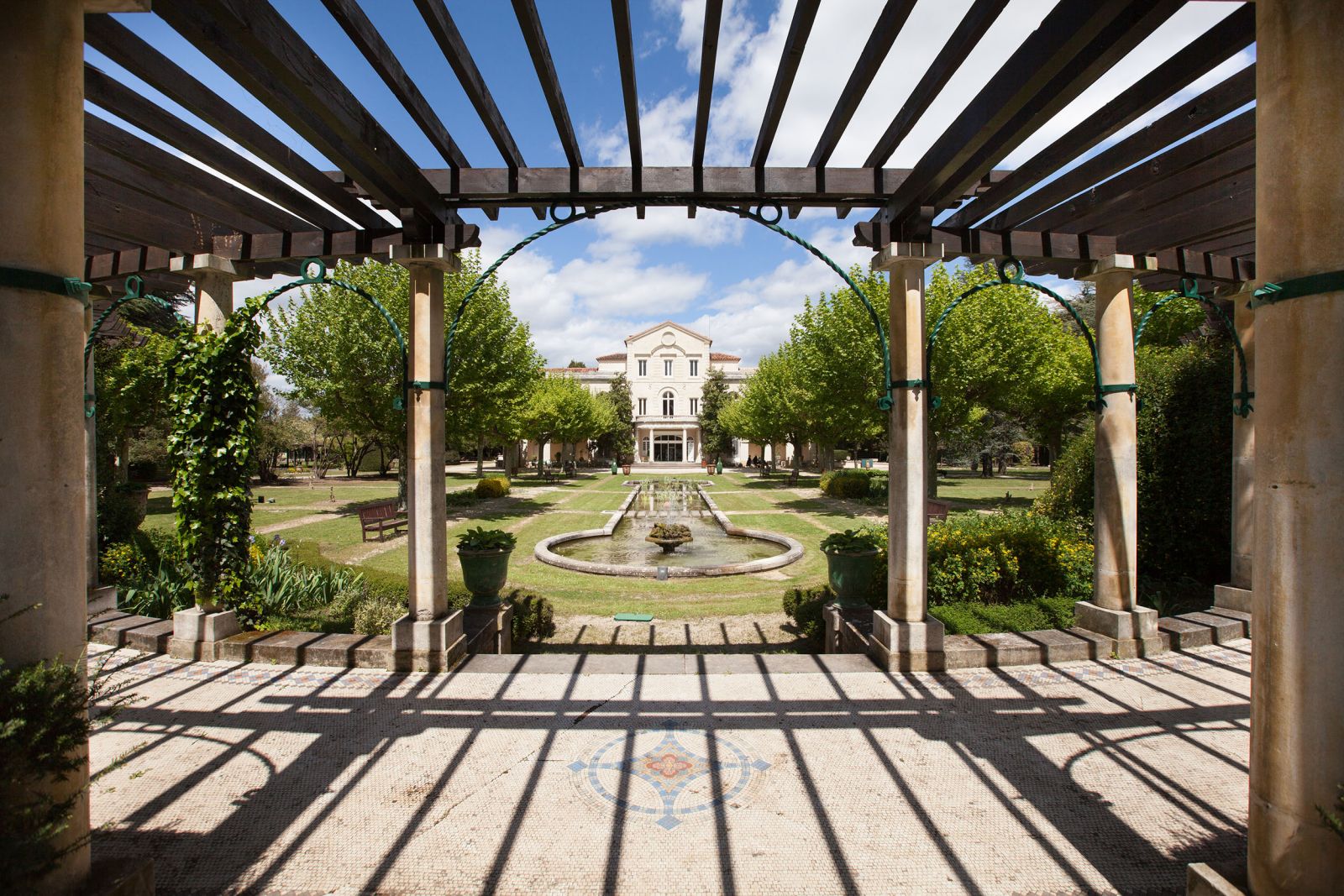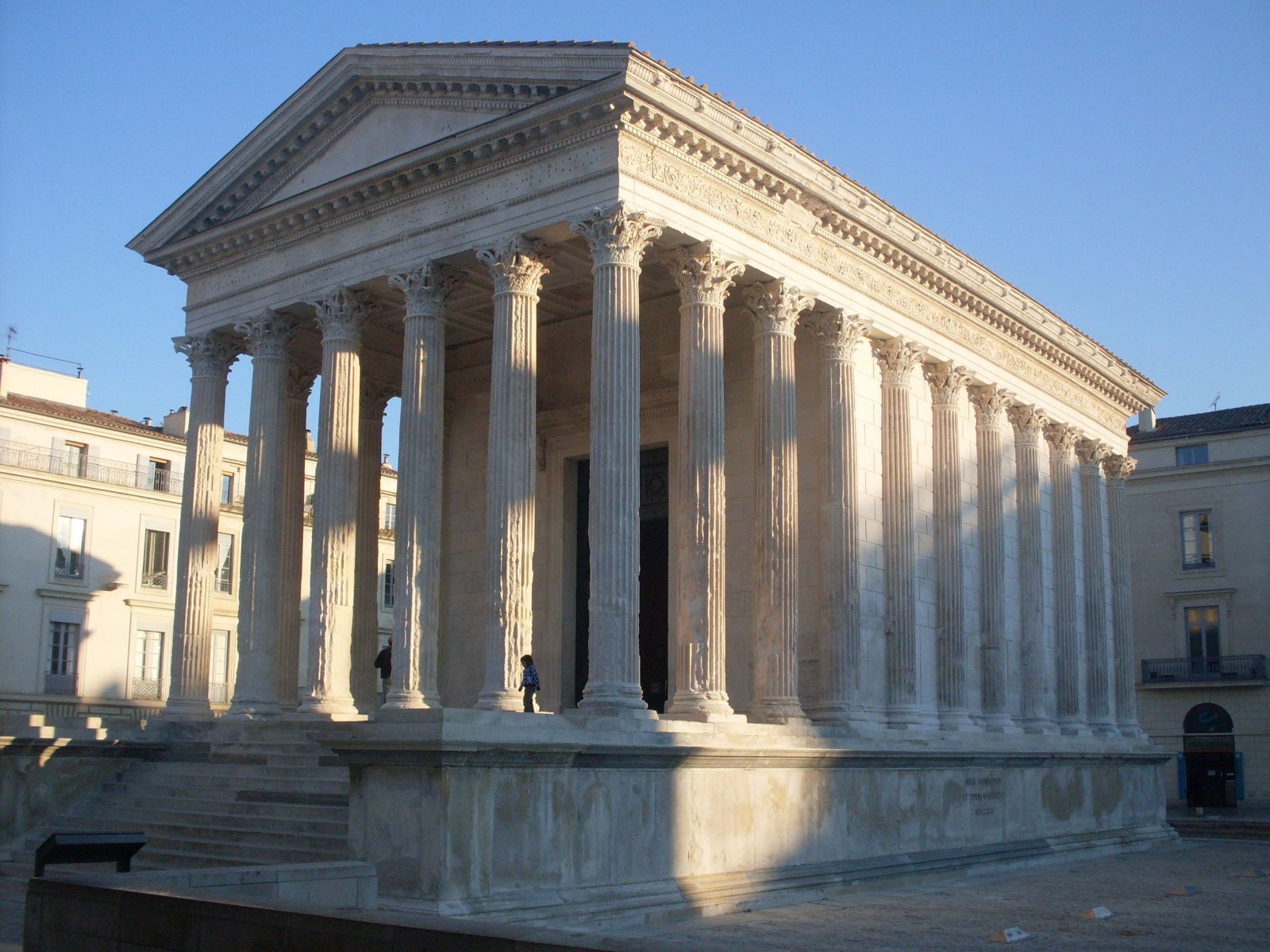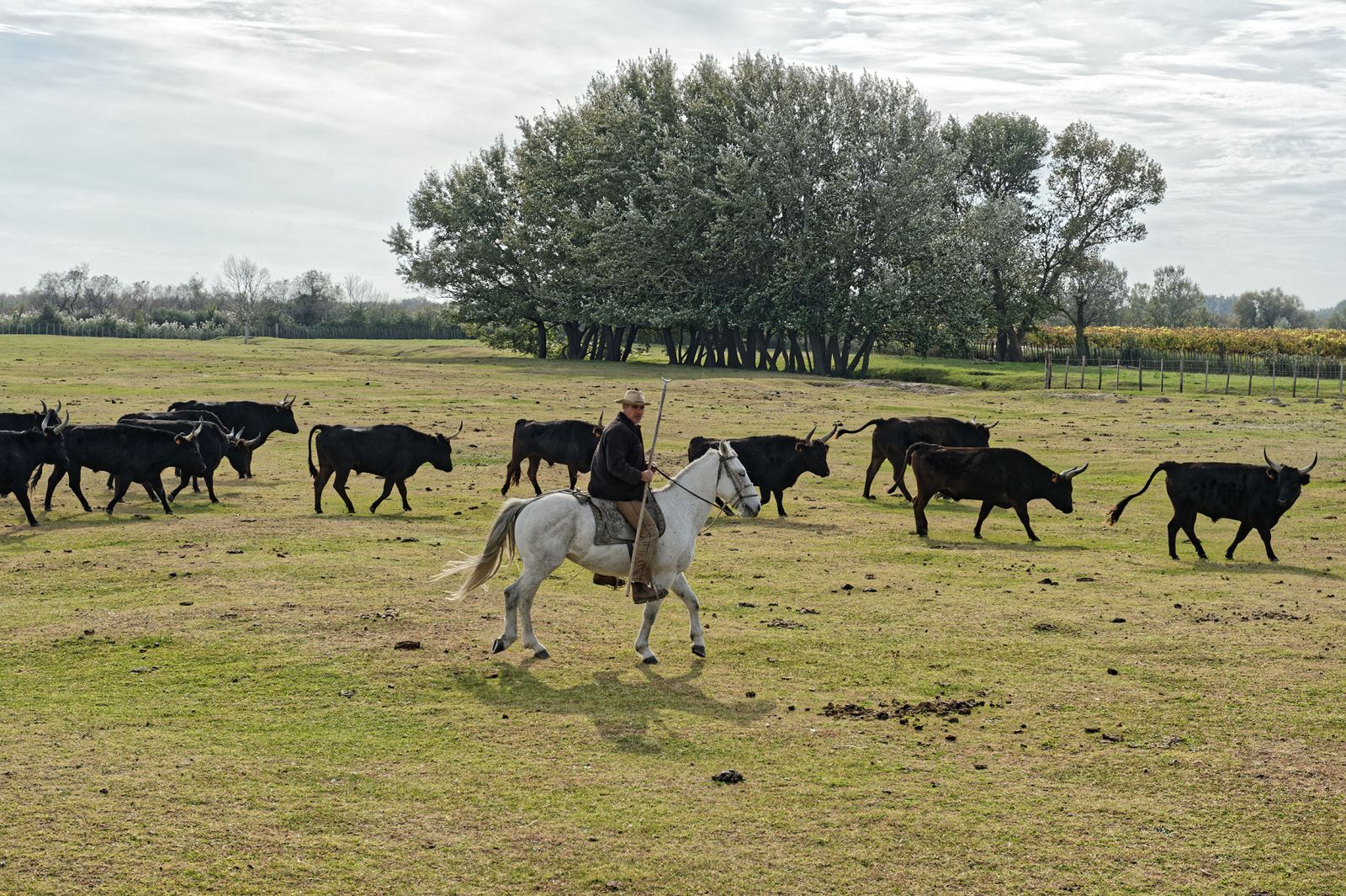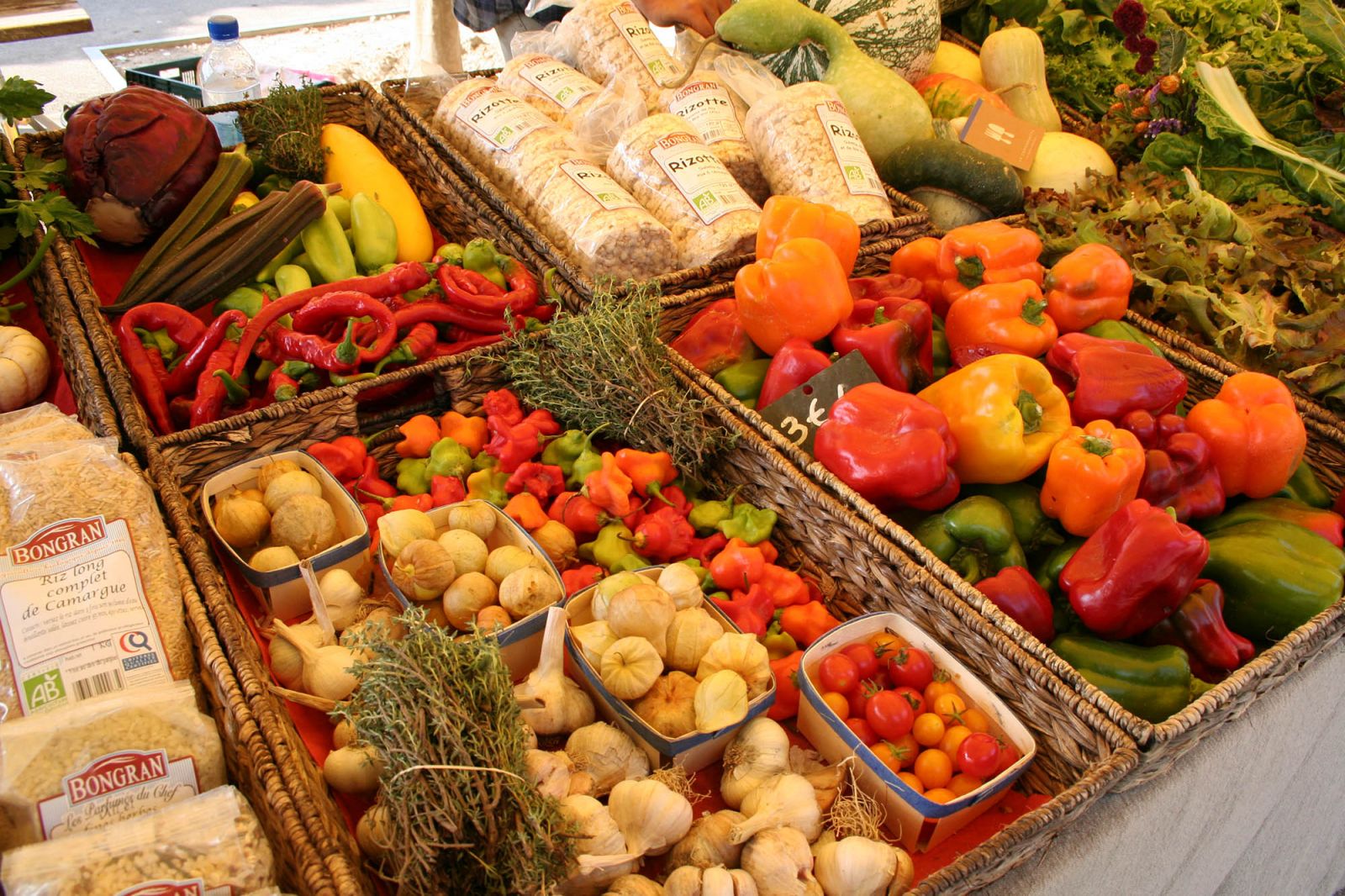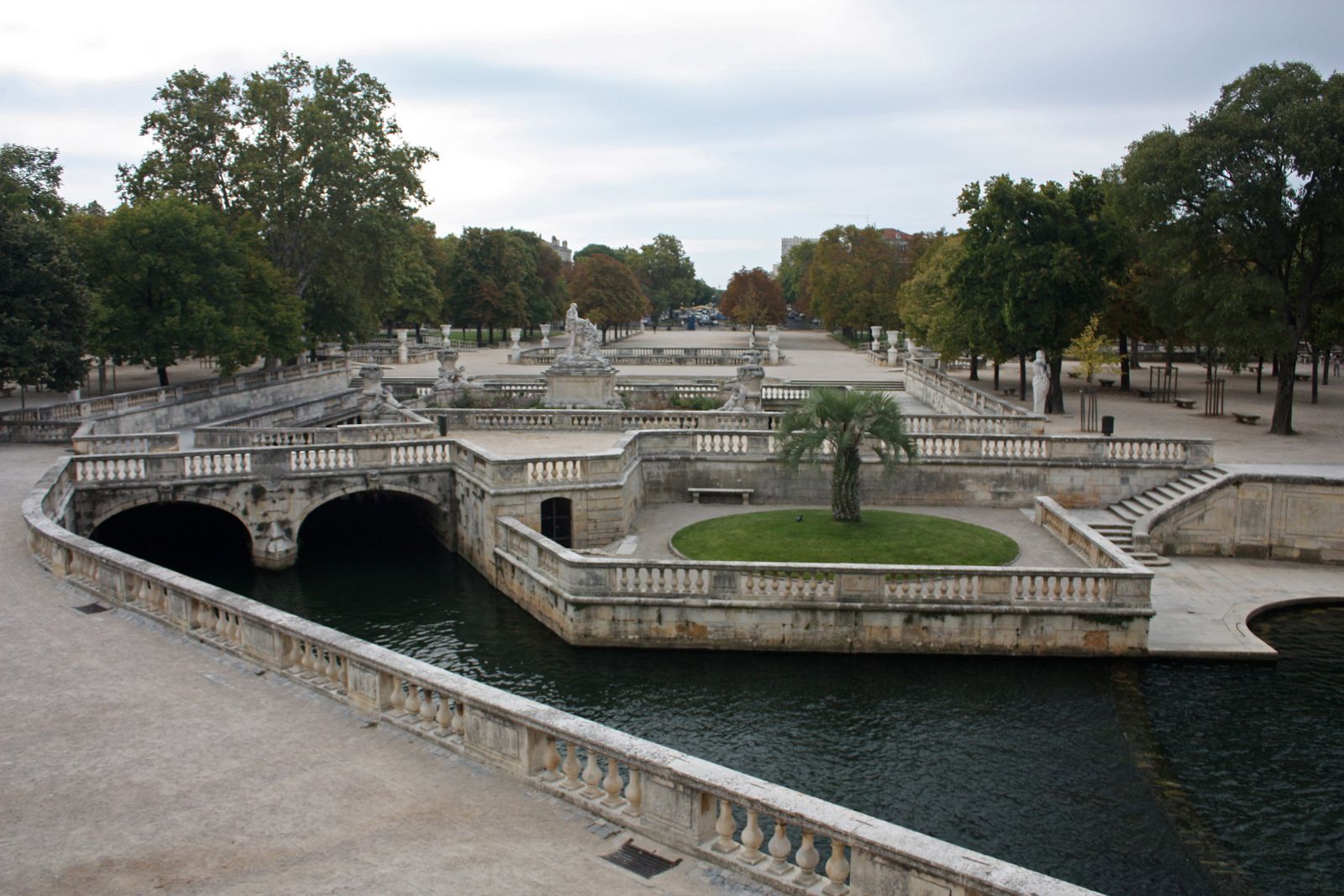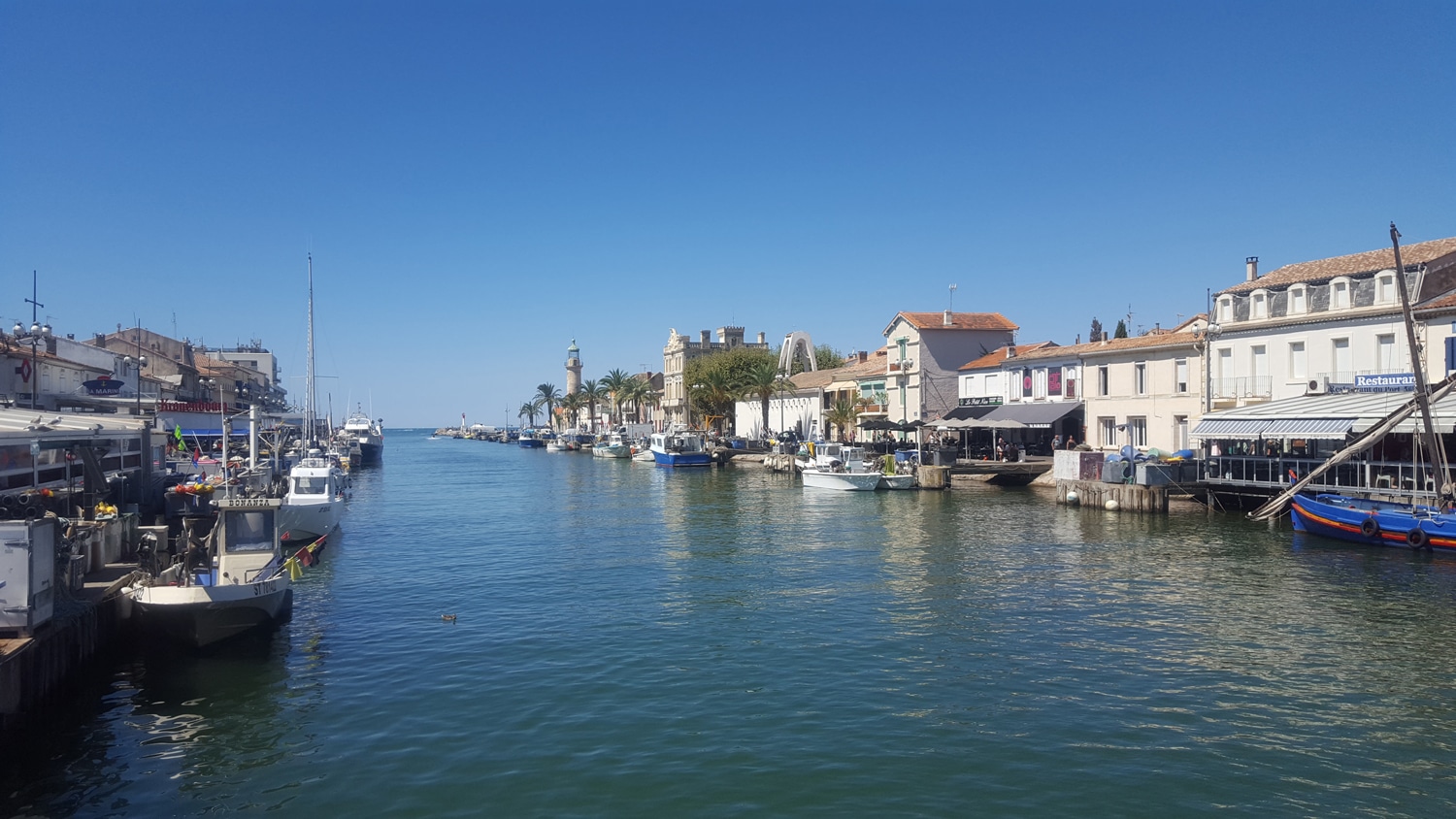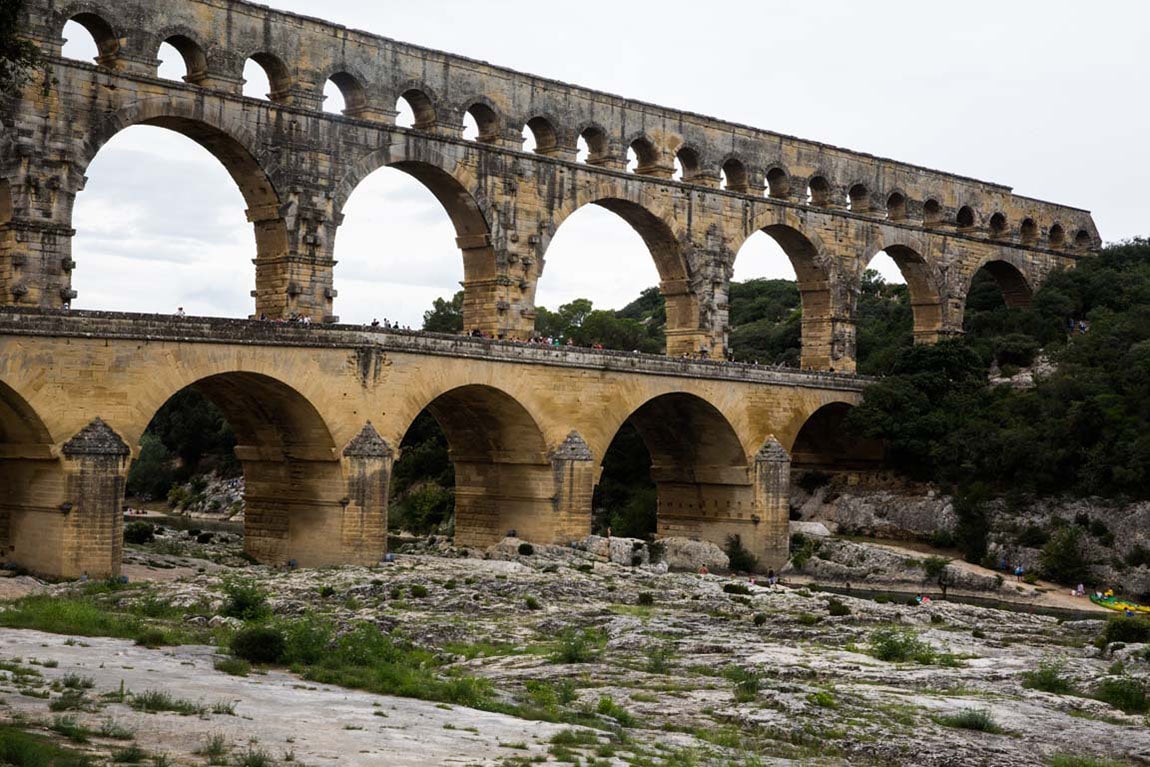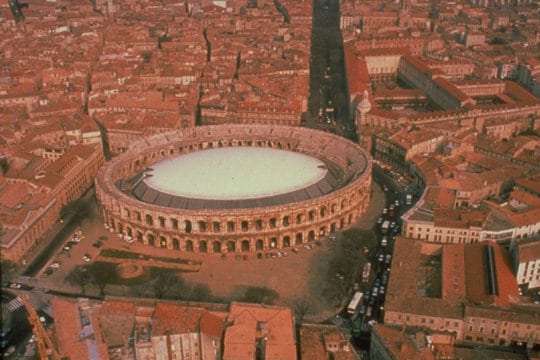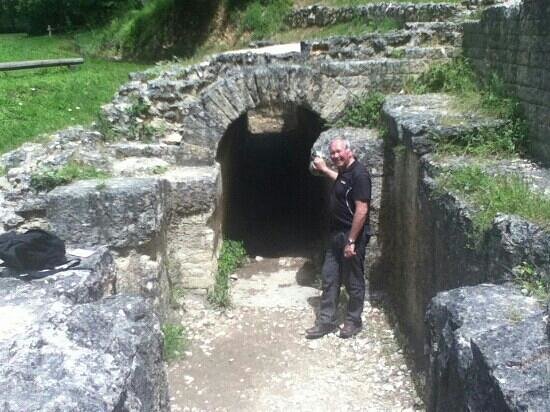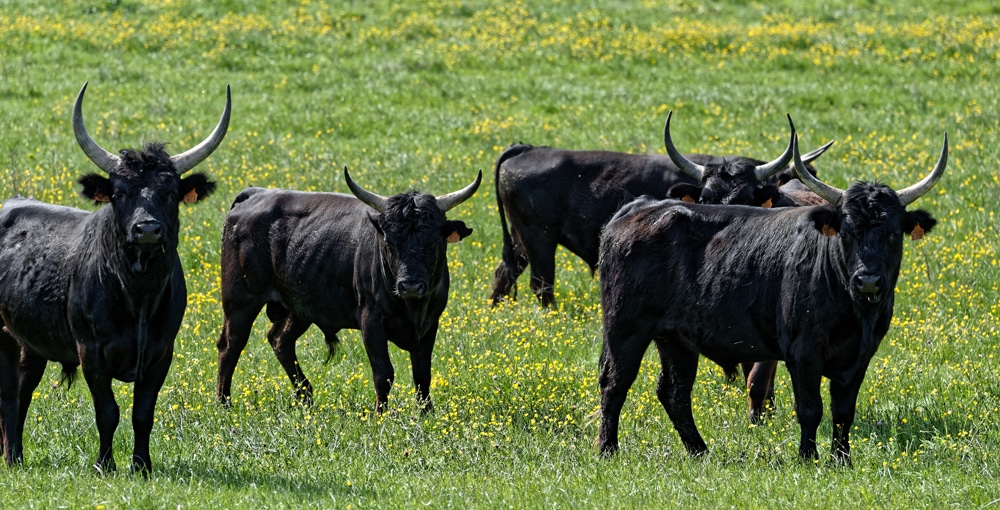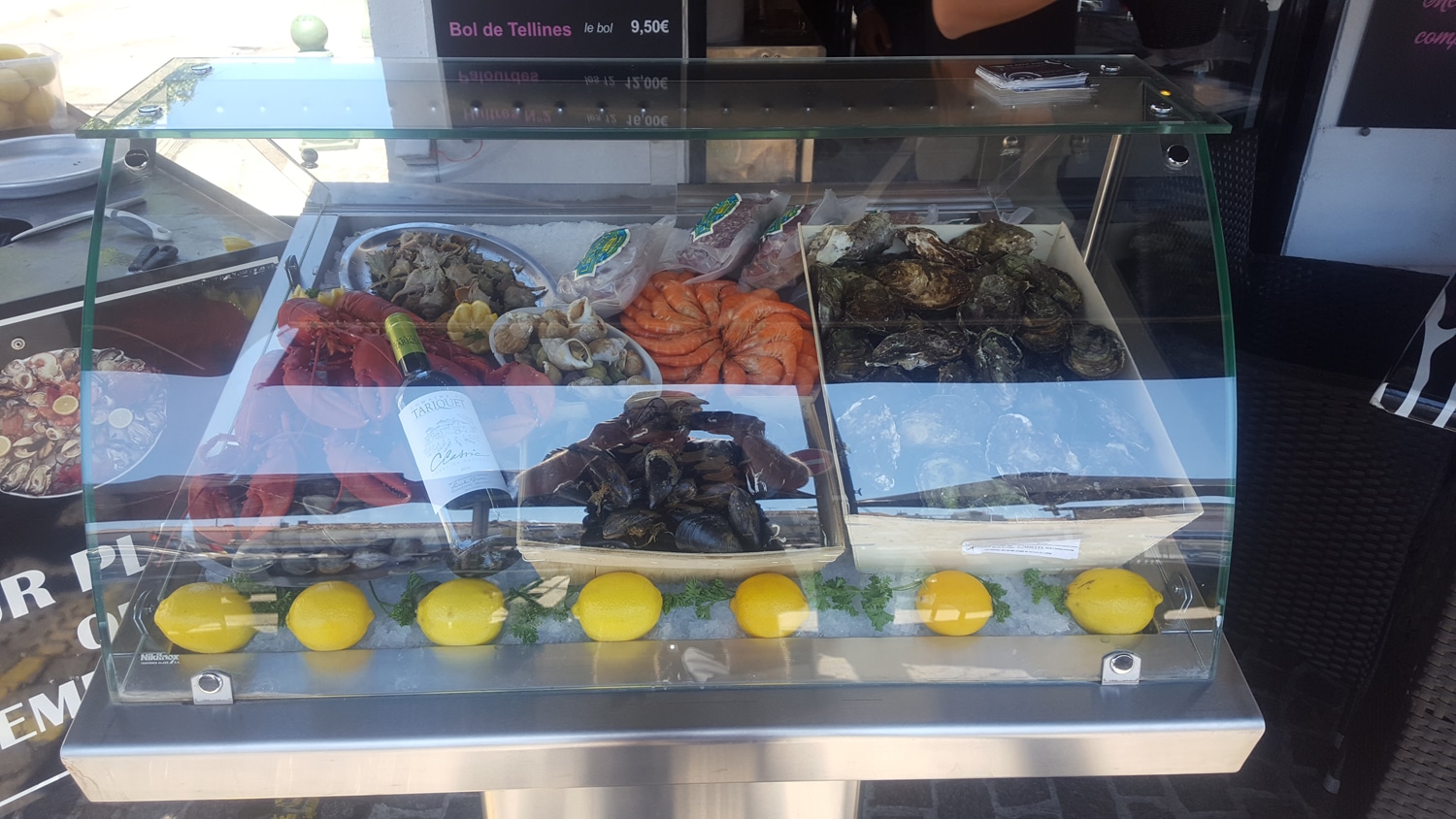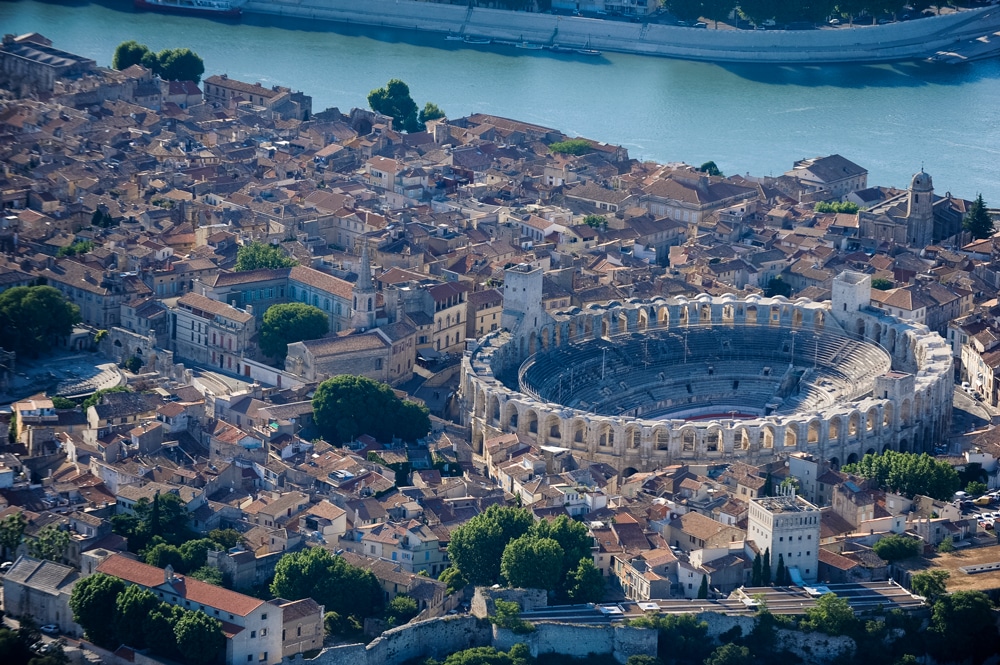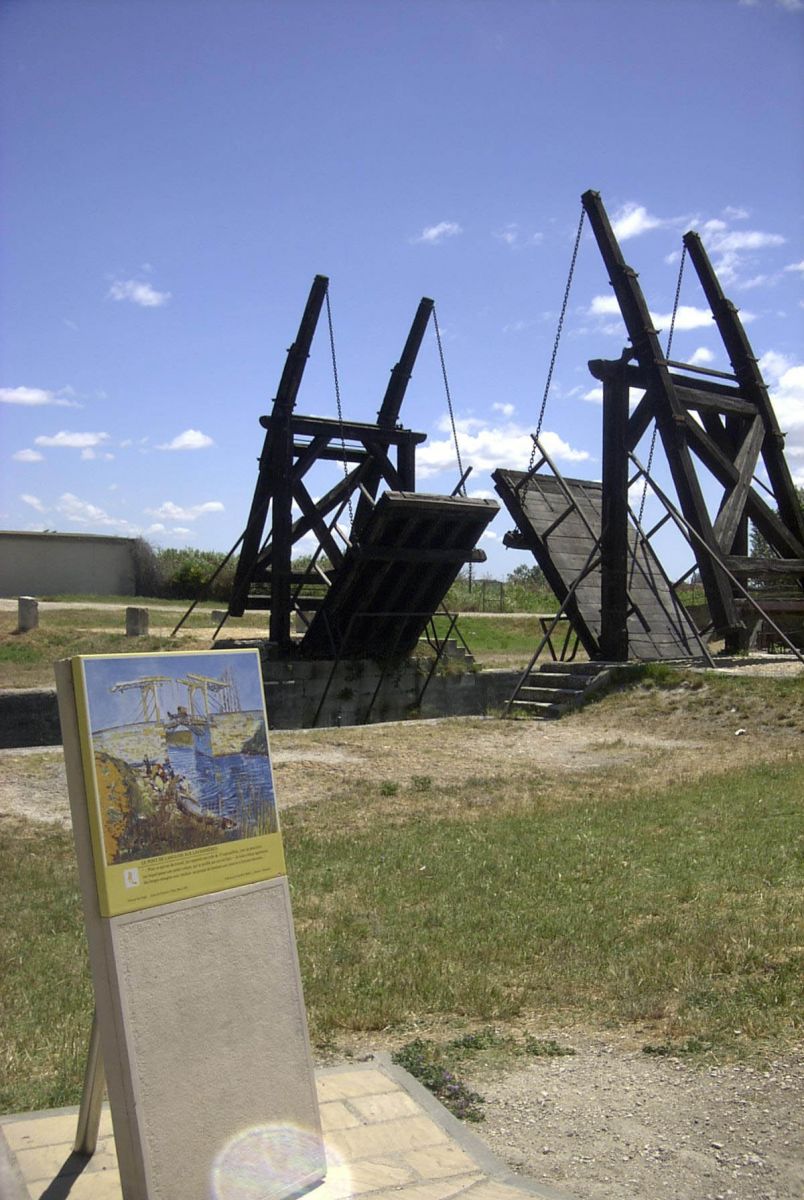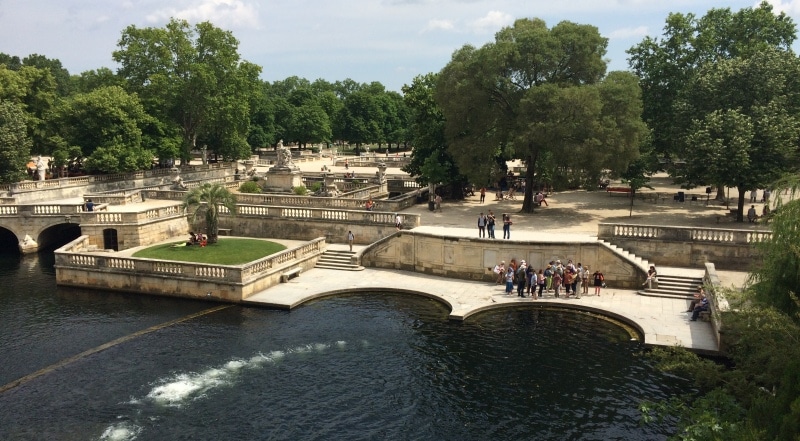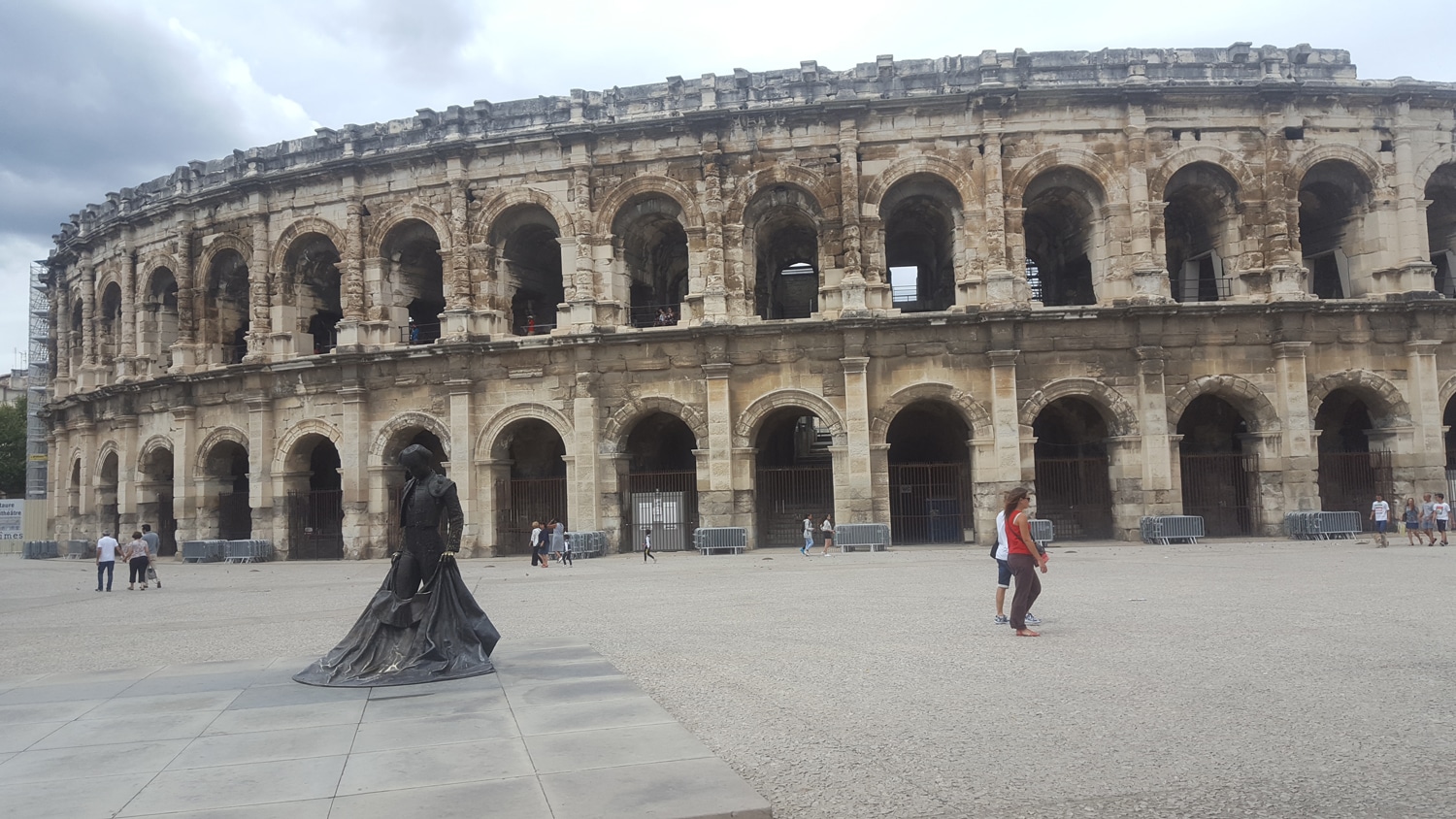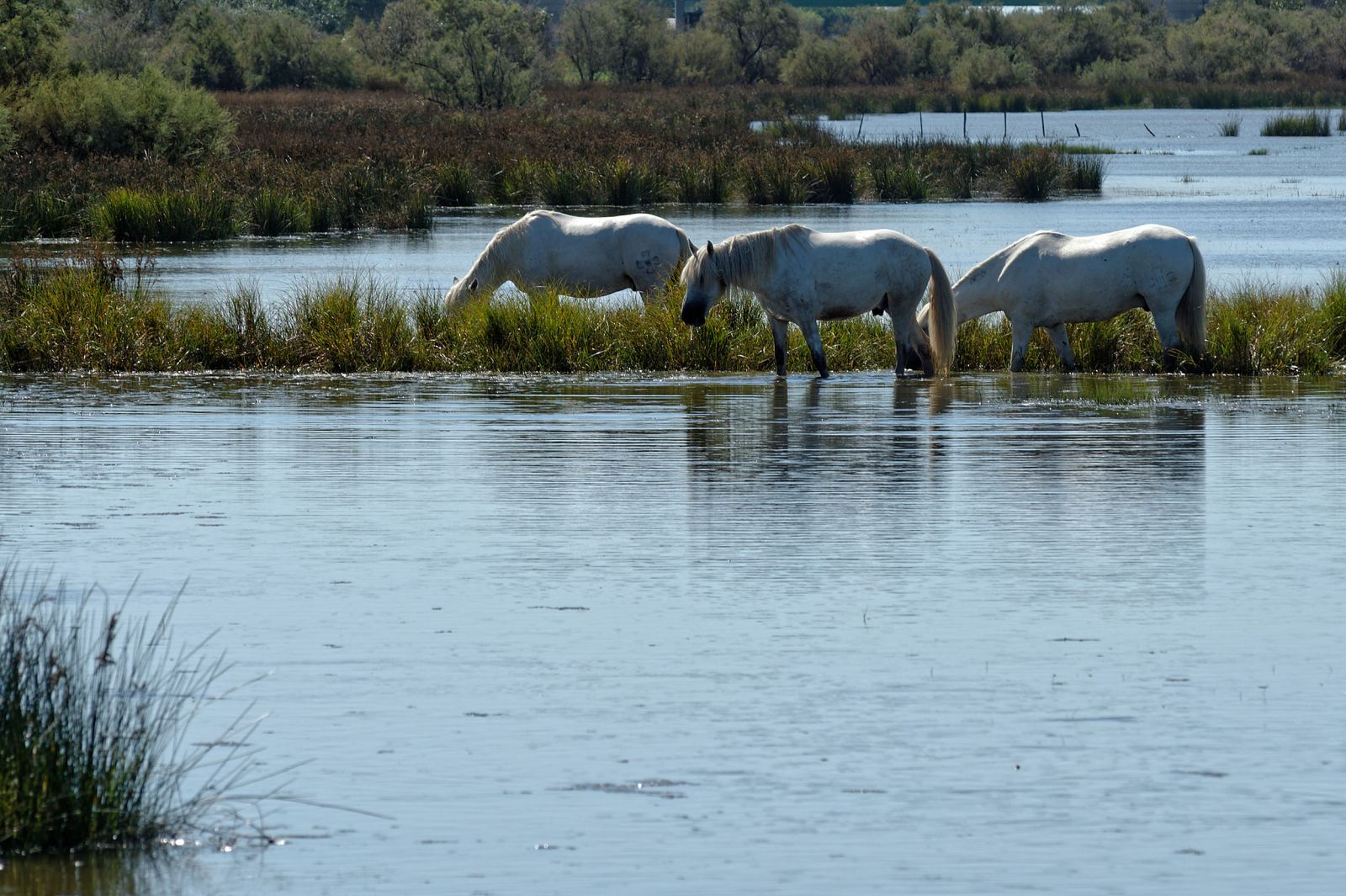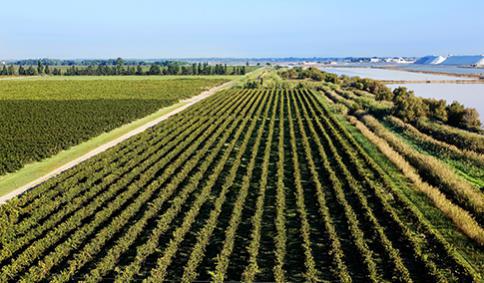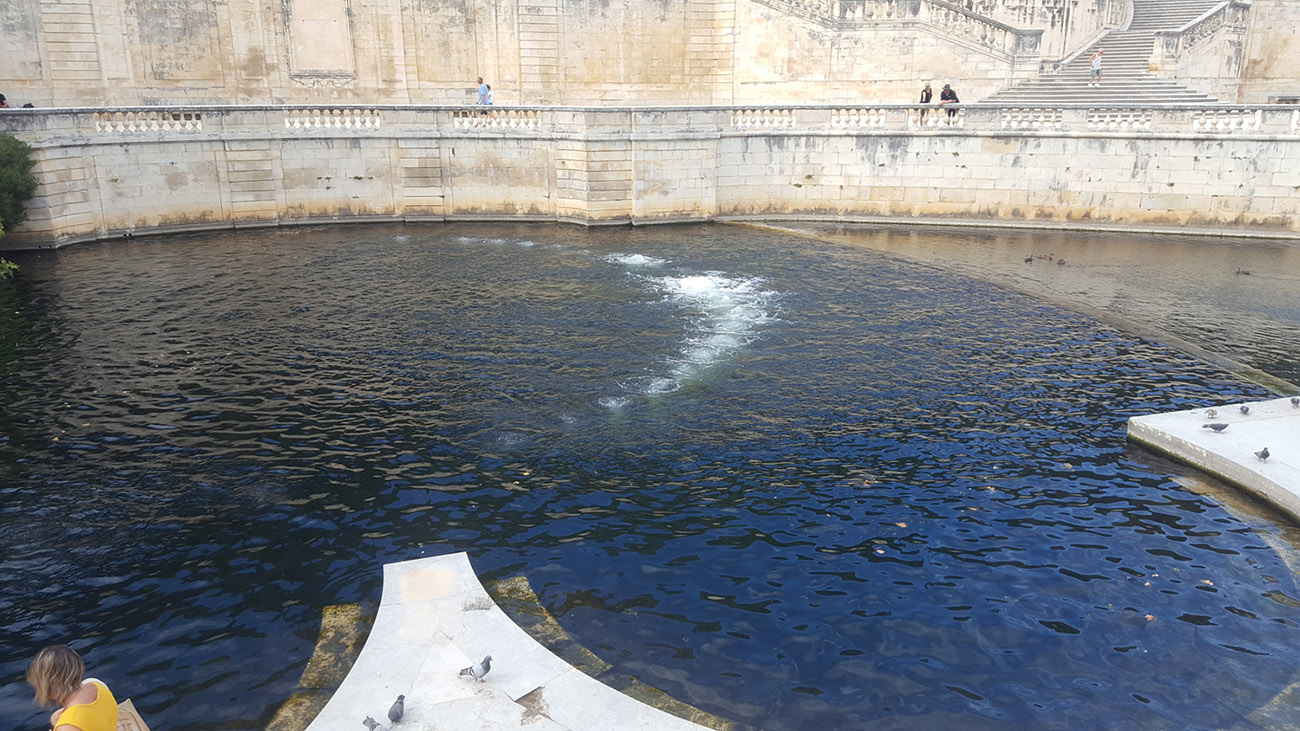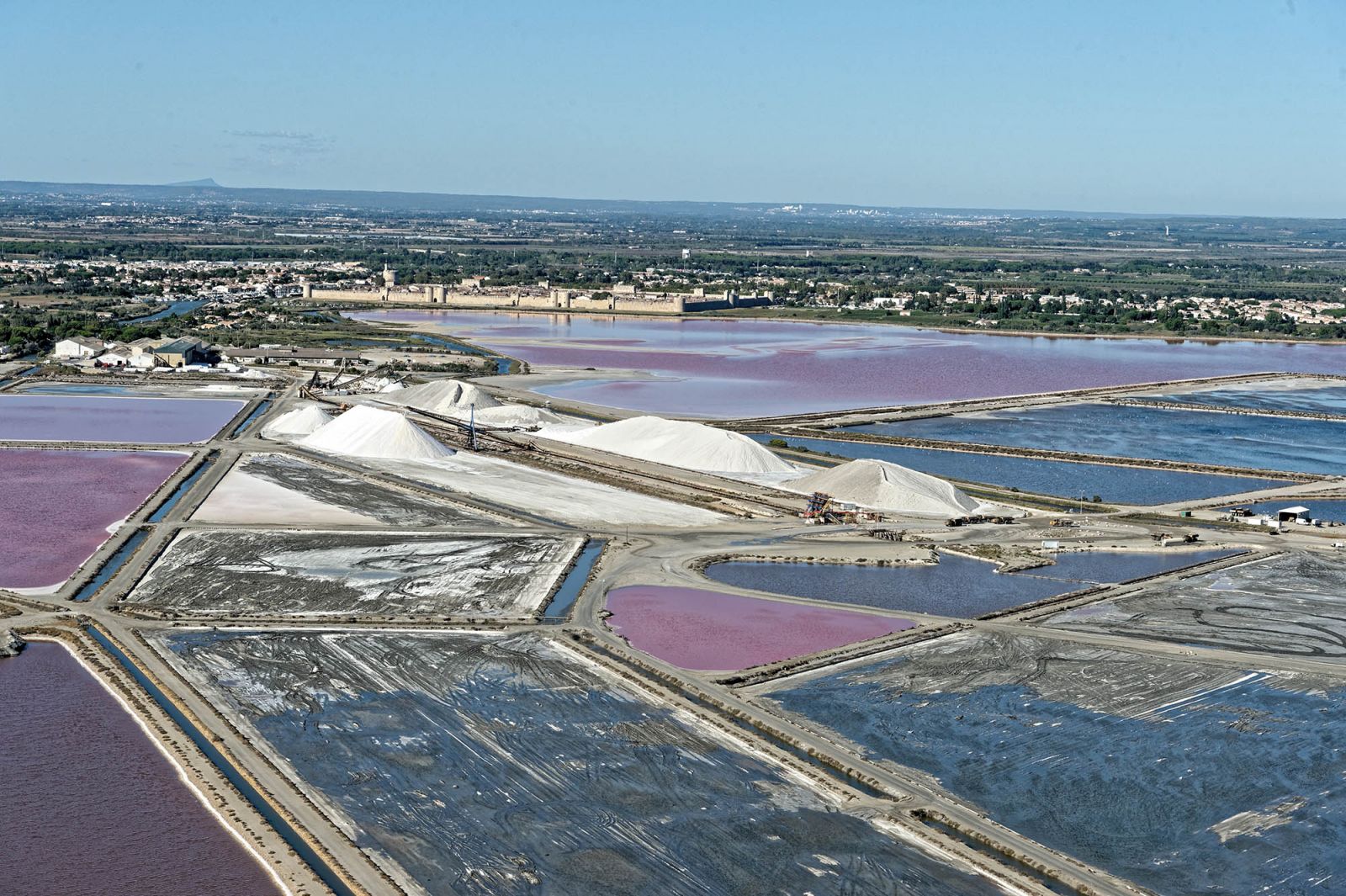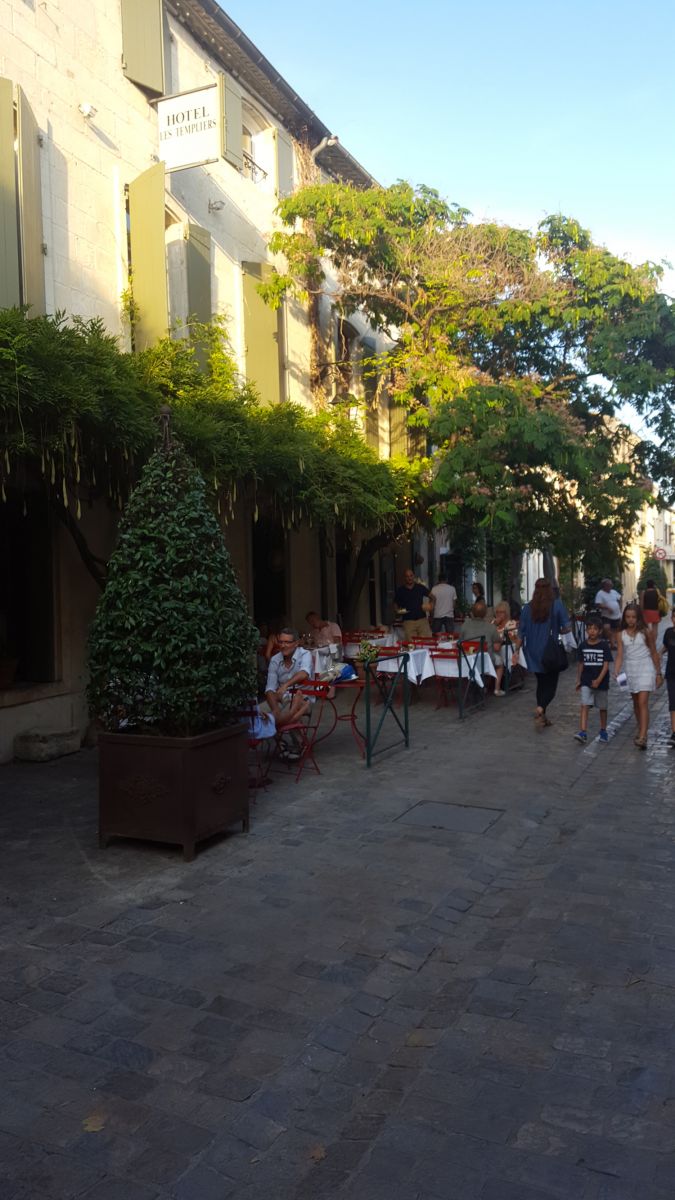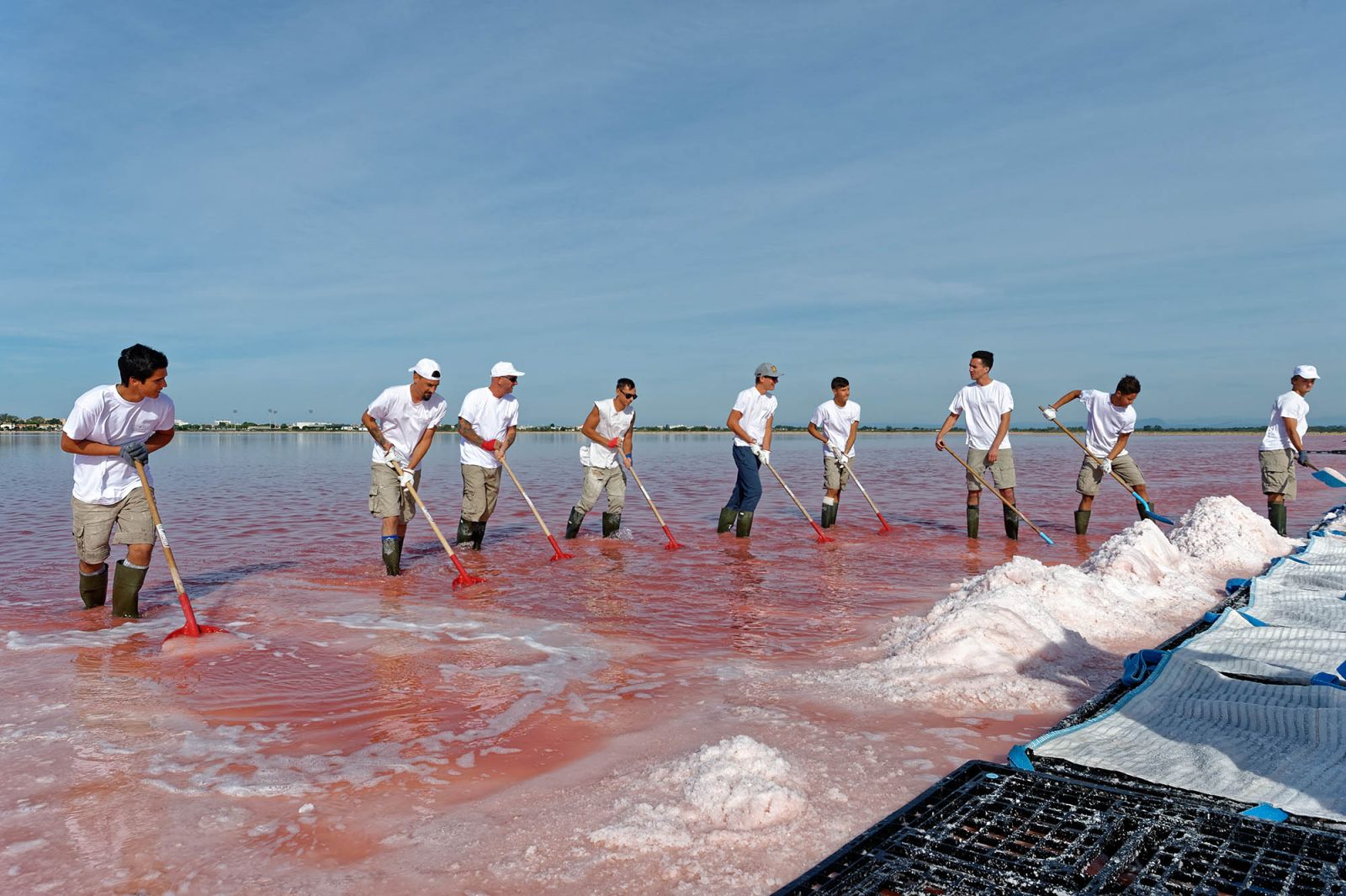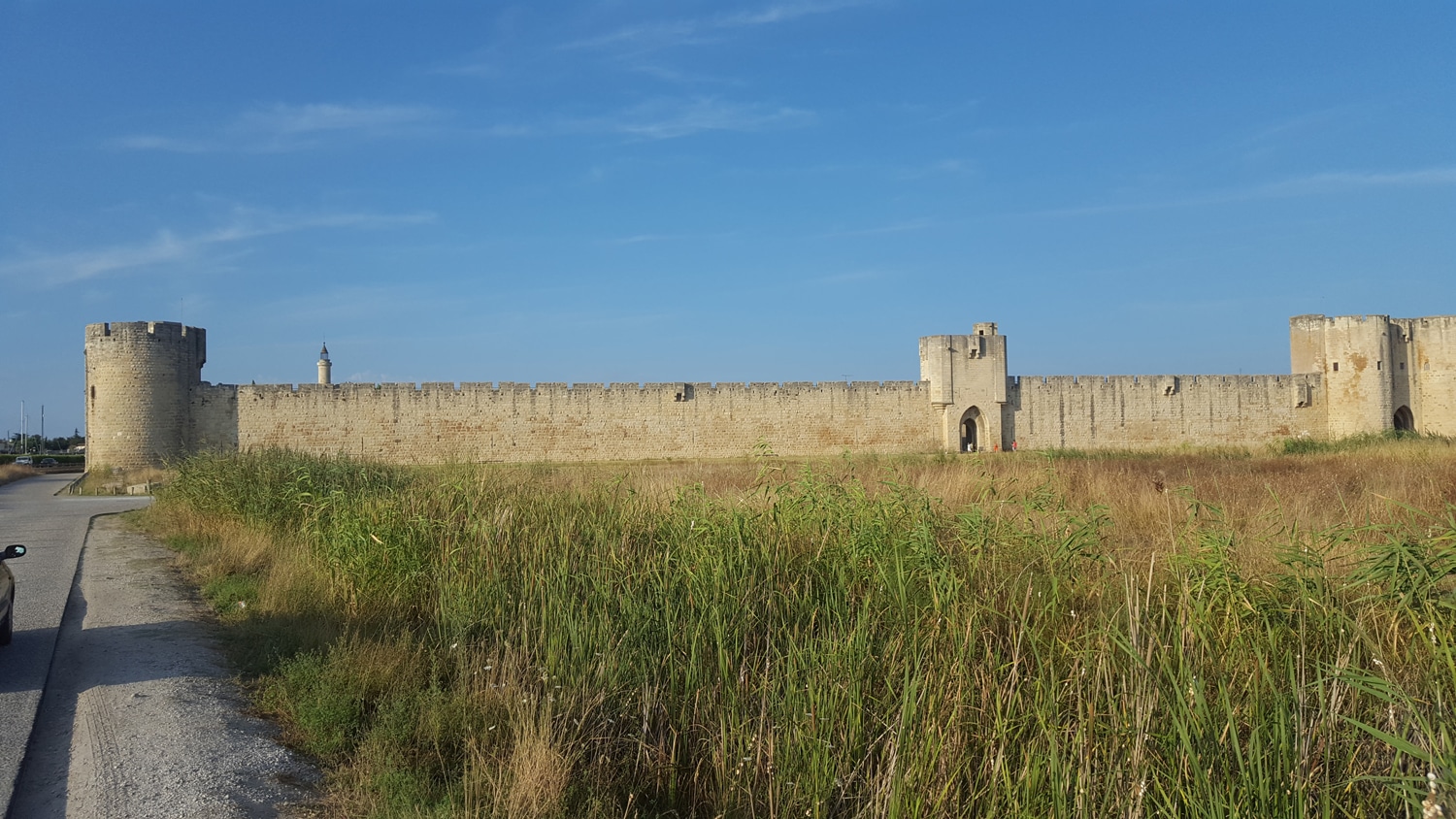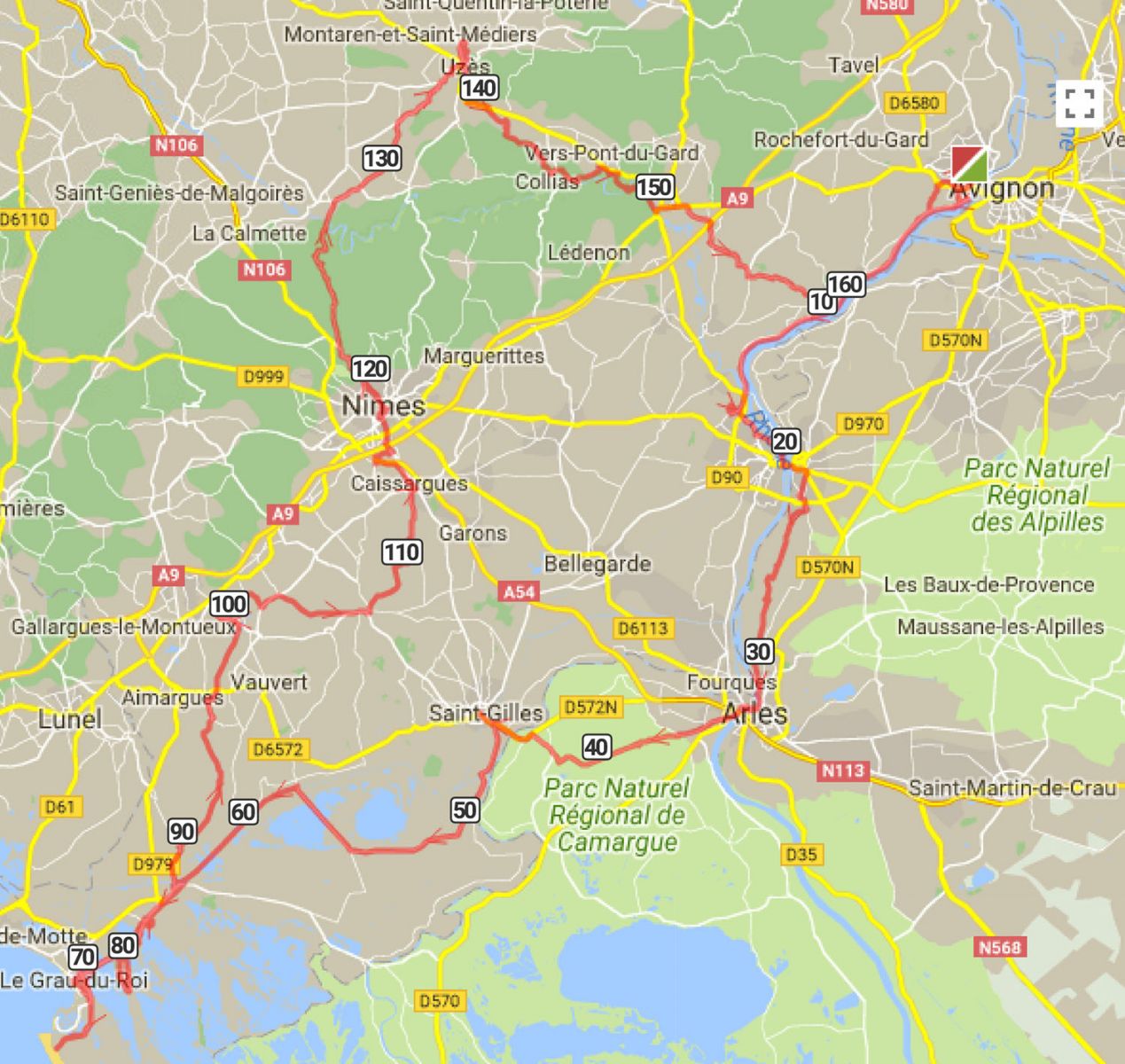What to expect
The Languedoc in the south of France, is a fantastic and beautiful region of France. Historically (i.e. before bulldozers and explosives) Languedoc was much less well-connected to France than Provence. So while Provence has become overrun by us (tourists and visitors!), Languedoc hasn't.
They produce fabulous wines, and the whole region is a giant natural garden. The cuisine ranges from seafood, lots of beautiful seafood, to traditional charcuterie, an amazing range of fresh fruit and vegetables, fresh herbs and local olive oils.
Our tour will take us to the extraordinary landscape of the Camargue. We'll see flamingoes, wild horses and cattle. We'll see huge salt pans and explore the production of Fleur de Sel, France's favourite (and most expensive!) salt. We'll visit a vineyard planted purely on sand, and the Perrier water source.
We'll spend two nights in Aigues Mortes, the embarkation point for the crusades, and the most amazing walled, fortified, medieval town. We'll visit Roman theatres and Arenas in Nimes, Arles, and Orange. We'll visit the stunning Roman aqueduct of Pont du Gard, and here's something that might surprise you. Bull fighting is hugely popular in this part of France. They have bull rings across the region, and in Nimes and Arles the Roman arenas are still used - that is an amazing site. They use bulls from the Camargue. We'll see them in the wild, we'll taste the meat at a special farm, and we'll explore this culture which, frankly, is kept a little bit hidden from tourists.
Oh, and the cycling is great. Mostly flat, but with two days of gentle hills.
FROM
- Single Room Supplement: +£380
- Join in London +£395
- Join in Paris +£175
- Transfer from Train Station: +£20
- Airport Transfer: +£45
- Available Dates 2024:
June 8-15, July 27-August 3, September 21-28

ITINERARY
Day 1 Villeneuve les Avignon
Our start point is Villeneuve les Avignon, on the banks of the River Rhone.
We start from the Hotel Les Cedres, our local hotel partner for the whole of this century!
There is a local airport, although connections are the exception rather than the rule. But connections via fast TGV trains to Paris and London are fast and regular.
Day 2 Villeneuve Les Avignon to Arles
We begin in Villeneuve Les Avignon, at Hotel Les Cedres. Today we're headed for Arles. Arles is the gateway to the Carmargue region, the delta of the Rhone river, and we'll be following the Rhone for much of our ride today.
There are some great cycle paths, and we'll follow one of them downstream to visit the amazing troglodyte abbey of St Romain in Beaucaire. Here we'll cross the river, in sight of the castles of Tarascon and Beaucaire, and cyle through farmland into Arles.
Arles is well-known for its links to Vincent Van Gogh. He spent two eventful years here, cutting off his own ear and ending up in the asylum in St Remy, but also painting such famous pictures as The Yellow House, Starry Night Over The Rhone and the Langlois Bridge at Arles.
But Arles also boasts a brilliant market, full of traditional French foods, fruit and vegetables, and spices. There is a Roman arena, still used to this day for bull fighting, as well as a Roman theatre.
Day 3 Arles to Aigues Mortes
We'll carry on our exploration of Arles this morning - we'll make sure during our time in Arles that we visit the arena and the cathedral.
We're on our way to Aigues Mortes in the Camargue, so it's appropriate that we visit an artisanale farmer who makes charcuterie from Camargue cattle. With luck, and weather permitting, we'll lunch on some of the produce from the Délices du Scamandre.
We'll cycle through Saint-Gilles, with its UNESCO-listed ancient Abbey, and we leave this gentle plateau and enter the Camargue proper. This is an extraordinary landscape. Flat, obviously, about a third of the Camargue is made up of brine lagoons. Designated as a Regional Park since 1927, it has become an amazing haven for birdlife. Most famous, of course, is the flamingo, but there are 400 other species. Can you believe that some flamingos have measured more than 6 foot high, 74 inches?
We finish our day in Aigues Mortes. We've already seen lots of memorable stuff on this tour, but you can forget it all. Aigues Mortes is amazing. It's an ancient settlement; it underwent some development by Charlemagne the Great in the 8th Century, but came to look as it does today by works undertaken by King Louis IX, in the 13th Century.
Louis objected to the influence the Italians derived through their monopoly of transport to the crusades. And at that stage France had no mediterranean ports - because most of the mediterranean ports were just not French. West of the Rhone belonged to the Count of Toulouse; East was Savoy, and Marseille belonged to the King of Naples. So Louis built a port. And it's beautiful.
It was never actually on the coast, it was connected by canals. Even these became silted up and Aigues Mortes became increasingly distant from the sea. At the end of the 15th Century, Provence and Marseille became French, so the importance of Aigues Mortes as a port declined. The canals silted up, but were re-opened to maintain access to the salt pans. And that's where we are today - a beautiful tourist town, connected to the med and other French waterways by canals, and the centre of the French salt industry.
Day 4 Aigues Mortes
We spend two nights in Aigues Mortes, so today is a circular ride - albeit a weird-looking circle. Our plan is to explore the Camargue, and we'll start off with a swim in the med, at the Plage de l'Espiguette. It's about 8 miles along canals and cycle paths, a perfect start to the day.
We'll have lunch in Le Grau du Roi. This is still a thriving fishing port as well as a beautiful seaside town (the Daily Telegraph listed it among the best unsung beach resorts in Europe).
After lunch, we'll visit a fascinating vineyard, where the vines are planted in sand, the Domaine Royal de Jarras. This is unique in my experience, very picturesque, but interesting too. We'll learn about the process, and of course taste their famous Vins de Sable de Carmargue.
On our way back to Aigues Mortes. we'll find out what the huge white mounds are that we've seen over the last 2 days - it's mountains of salt. They produce 500,000 tons of salt every year in the Camargue, and the process is a fascinating one, that takes up 14,000 hectares of man-managed lagoons.
The top of the food tree here is the pink Fleur de Sel de Camargue, with its famous pink colour. In the final stages of production, you can see vast pink lakes, the colouration caused by tiny shrimp feeding on bacteria, the same shrimp that give the pink colour to Camargue's flamingos.
Even the Wall Stree Journal called the salt works at Aigues Mortes 'gorgeous'. We'll learn all about the process on a little train journey, and might even be able to hike up a giant salt dune.
The salt works are just a few hundred metres from Aigues-Mortes, so we'll cycle back to our hotel for a short, but amazing day.
Day 5 Aigues Mortes to Nimes
Today we leave the Camargue and head for Nimes. A major Roman town, Nimes boasts another spectacular Roman ampitheatre, and a beautifully preserved Roman temple facade, the Maison Carré. We visit them both, they're amazing, but first we have to get there!
The first half of the day is almost completely flat as we leave the Camargue, and just before we start our first little climb, we'll visit the source of Perrier water. As you can imagine, they've built a very interesting musuem and visit around the source, and we'll stop and explore.
This afternoon we cycle through beautiful farmland along tiny roads, passing through Genérac and Caissargues, before arriving in Nimes.
There is so much to see in Nimes, we'll try to arrive in good time so that we can get the most out of it. We'll visit the Arena, and the Tour Magne, part of the original Roman fortifications, before arriving at the hotel right next to the Arena.
Day 6 Nimes to Uzes
We'll start this morning still in Nimes, and visit the Fontaine de Nimes. This natural spring provided water for the young City, but as Nimes grew, so they had to bring more water into the city. Most famously, this included the waterway that crossed the Pont du Gard, which we'll see tomorrow. So we'll start our mini water adventure with a visit to this beautiful park with its natural spring. Don't think tap with some grass, think beautiful park, sculptures and landscaped water gardens.
We're in completely different countryside today, typical of much of Languedoc. We'll cycle along tiny country roads as we climb gently out of Nimes, and descend to the valley of the river Gardon. We'll continue on tiny back roads through Blauzac, and into Uzes. This is a beautiful medieval town with a memorable centre. We'll spend a bit of time in the town centre before we cycle to the Hotel St Genies about a mile away.
Day 7 Uzes to Villeneuve les Avignon
The start point of the Aqueduct de Nimes is right here in Uzes, so we'll start our day with a quick visit to the source of this 50 Km aqueduct. We can visit the Haribo musuem and factory on our way (it's just a bit of fun, and you get free sweets!), but the main event today is the Pont du Gard, the most spectacular feature along the route of the aqueduct.
Wary of hyperbole, I honestly think you can't over-state the splendour of this Roman aqueduct. It's huge, and in spectacular condition. Originally constructed in the 1st century AD, it was built as part of a 50 Km water course to take water to Nimes as the city outgrew it's natural spring (as we discovered yesterday!).
It hasn't naturally stayed in this condition, it's been restored in projects dating back to the 18th Century, including major renovations undertaken by the state which included closing the aqueduct to traffic in 2000.
We'll have lunch under the Pont du Gard, then follow the river downhill, crossing at Remoulins. Then we're on tiny back roads until we meet the banks of the River Rhone at Aramon. Then we follow a cycle path all the way along the Rhone into Villeneuve les Avignon, and return to the Hotel Les Cedres.
JOINING DETAILS
Please take careful note of the train times. Our transfers are scheduled to meet these designated trains; if these train times are inconvenient, please contact us so that we can be sure of arranging appropriate transfers.
Quick links

